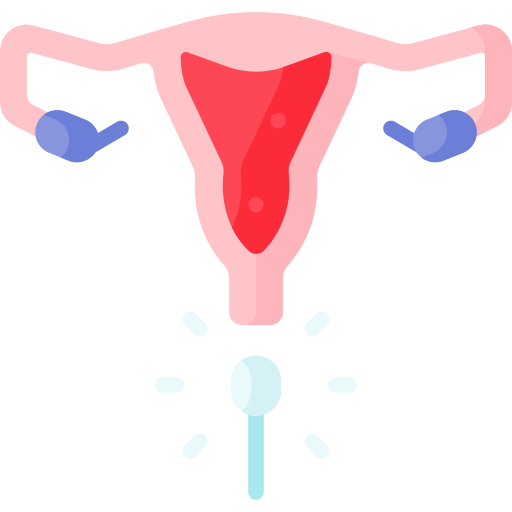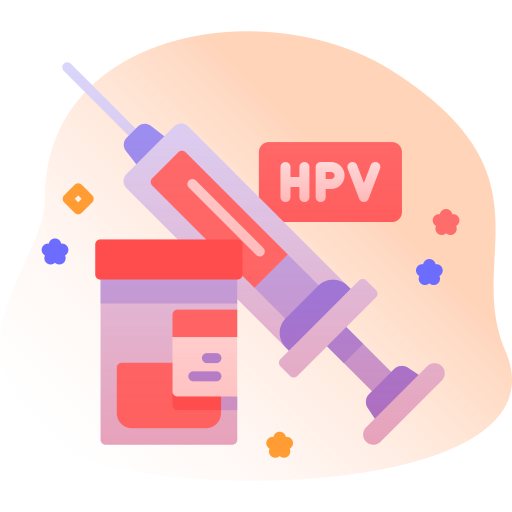Preparing Women for Cervical Cancer Screening: A Step-by-Step Approach
By Dr Melissa Wong Chooi Yee, Medical Officer
Cervical cancer screening is crucial for the early detection and prevention of cervical cancer, particularly for sexually active women aged 30 to 65 years. In Malaysia, the Ministry of Health (KKM) provides guidelines to ensure effective screening and education. Here’s a step-by-step approach to prepare women for cervical cancer screening.
 Step 1: Understanding Cervical Cancer and Screening
Step 1: Understanding Cervical Cancer and Screening
Educate women about cervical cancer, its causes, and the importance of screening. Cervical cancer is primarily caused by persistent infection with high-risk types of human papillomavirus (HPV). Screening helps detect precancerous changes in cervical cells, allowing for timely intervention. The KKM recommends that sexually active women begin screening at age 30 to 65, with Pap smears every three years or HPV testing every five years. For women over 65 years old who have not been screened, HPV screening can be offered. Testing can then be discontinued after two consecutive negative HPV results.
 Step 2: Scheduling the Appointment
Step 2: Scheduling the Appointment
Encourage women to schedule their screening appointment with a healthcare provider. It’s essential to choose a comfortable environment where they feel at ease discussing their health concerns. Women should be informed about the best time for screening, ideally avoiding menstruation, as this can affect test results.
 Step 3: Preparing for the Screening
Step 3: Preparing for the Screening
Provide guidance on how to prepare for the screening. Women should be advised to avoid sexual intercourse, douching, or using vaginal medications for at least 48 hours before the test to ensure accurate results. Additionally, they should bring any previous medical records or test results to the appointment.
 Step 4: What to Expect During the Screening
Step 4: What to Expect During the Screening
Inform women about what to expect during the screening process. The healthcare provider will conduct a pelvic exam and collect cells from the cervix using a speculum. The procedure is quick and typically causes minimal discomfort. Women should be reassured that it is a routine procedure and that they can communicate any concerns with the provider.
 Step 5: Post-Screening Care and Results
Step 5: Post-Screening Care and Results
After the screening, women should be informed about when and how they will receive their results. It’s important to discuss potential follow-up actions, especially if abnormal results are found. In the event that the results are positive, patients will be referred to a gynaecologist for further investigation and follow-up. Patients should also be encouraged to maintain regular screening schedules as recommended by KKM.
 Step 6: Vaccination for Prevention
Step 6: Vaccination for Prevention
Discuss the importance of HPV vaccination as a preventive measure against cervical cancer. The KKM recommends the HPV vaccine for girls aged 9 to 26, ideally before they become sexually active. The vaccine is effective against the most common high-risk HPV types that cause cervical cancer. Women who have not been vaccinated should be encouraged to consult their healthcare provider about receiving the vaccine.
 Step 7: Ongoing Education and Support
Step 7: Ongoing Education and Support
Finally, provide ongoing education and support. Women should be encouraged to stay informed about cervical health and participate in awareness programs. Support groups can also be beneficial for women who may feel anxious about screening or diagnosis.
In conclusion, preparing women for cervical cancer screening involves education, scheduling, preparation, understanding the procedure, post-screening care, vaccination, and ongoing support. By following the KKM guidelines and ensuring women are well-informed, we can enhance participation in screening programs and ultimately reduce the incidence of cervical cancer in Malaysia.














